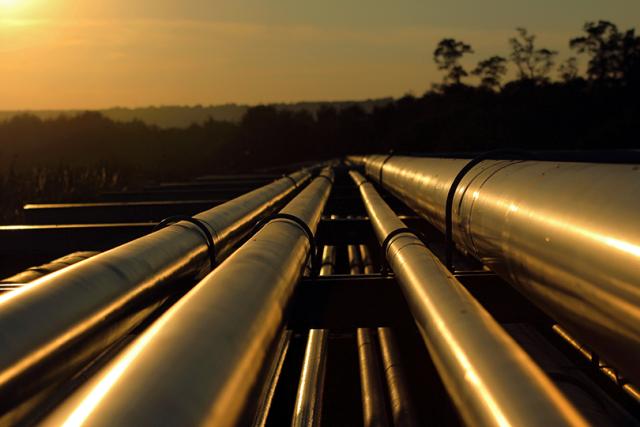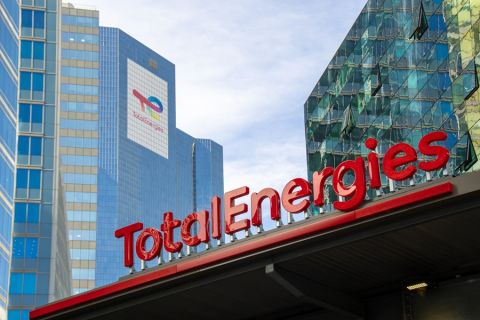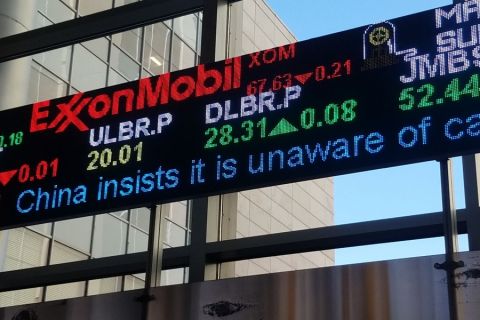
A key date in the reform of Mexico’s natural gas transmission system will be Jan. 1, 2016. That’s the day the new CENEGAS (Centro Nacional de Control de Gas Natural) organization takes control of the 5,400-mile gas pipeline system formerly a part of Pemex, which has a rated capacity of 5 billion cubic feet per day. More change will come after New Year’s Day.
David Madero, CENEGAS director general, outlined the progress on system transfer for U.S. gas transmission executives at the INGAA Foundation’s annual meeting Nov. 6 in Key Biscayne, Florida.
“2016 will be very challenging for us,” Madero said, outlining the series of steps that have impacted the nation’s gas business since the constitutional amendments in 2013 that broke up the 75-year-old Pemex energy monopoly. The most recent step was the sign-off on the Pemex-to-CENEGAS transfer at the end of October, Madero said.
One challenge will be establishing a stage-zero report on the integrity of the system, he added. “Parts of the system are 30 to 55 years old and there are operating and maintenance problems. The initial report will benchmark an integrity management process.
“Our objective is to achieve a natural gas system that operates in the most safe and efficient manner,” Madero said. The agency will start to implement a five-year plan in 2016 that calls not only for operation and maintenance to the existing system, but a major expansion.
The world-class gas transmission systems of the U.S. and Canada are beyond reach of Mexico at this point, he said, so CENEGAS has studied existing national gas networks of several countries. In particular, it has found Spain and France have model systems that are “business friendly” and worthy of modeling.
CENEGAS’ expansion of its system will allow Mexico “to back out fuel oil, diesel and some hydropower in use,” he said. That may create bottlenecks in the system as new customers come online in 2016 and beyond “and we may begin to see some yellow lights.” That will require changes in existing operating procedures.
U.S.-produced gas will be an important supply source for the foreseeable future, he noted, as Mexico seeks new crew oil production.
“We’re getting involved north of the border, especially in Texas,” Madero said, adding that the Waha Hub in West Texas will be an important supply point for gas that will move under the Rio Grande to Mexican consumers. CENEGAS is reviewing some 3,300 miles of new pipelines proposed in 14 projects valued at more than $10 billion. One of its biggest projects will move U.S. gas south from Arizona down Mexico’s west coast as far as Mazatlán.
Another large supply source is the Los Ramones system, which will extend about 650 miles from the South Texas border into northeastern Mexico. Asset manager BlackRock Inc. and U.S. private equity firm First Reserve have taken a joint stake worth around $900 million in the second phase of the project, the partners announced earlier this year.
Mexico also has some 1,700 miles of privately owned gas lines presently, he said. Expanding Mexico’s gas system in the nation’s north and west, which tend to be business friendly, will be comparatively easy, he predicted. “Southern Mexico will be the most socially challenging” as CENEGAS grows, given strong local support for old national energy monopoly.
New pipe isn’t the only consideration of CENEGAS, he said. “Mexico has practically no gas storage and we don’t know where we should be” in creating workable storage to make its transmission system more efficient.
“Our main responsibilities are to achieve global best practices, to reduce tariffs and increase investor interest in Mexico,” Madero emphasized, saying Mexico “wants to attract more transportation companies” to better serve current and potential gas customers.
Above all, “customers need to know when and how gas will be available,” he added.
Paul Hart can be reached at pdhart@hartenergy.com
Recommended Reading
TotalEnergies Eyes Suriname FID by Year-end 2024
2024-04-29 - France’s TotalEnergies and U.S. partner APA Corp. look to place their long lead orders ahead of a final investment decision related to their joint development offshore Suriname in Block 58.
Diamondback Stockholders All in for $26B Endeavor Deal
2024-04-29 - Diamondback Energy shareholders have approved the $26 billion merger with Endeavor Energy Resources.
ProPetro to Provide eFrac Services to Exxon’s Permian Operations
2024-04-29 - ProPetro has entered a three-year agreement to provide electric hydraulic fracturing services for Exxon Mobil’s operations in the Permian Basin.
Keeping it Simple: Antero Stays on Profitable Course in 1Q
2024-04-28 - Bucking trend, Antero Resources posted a slight increase in natural gas production as other companies curtailed production.
Oil and Gas Chain Reaction: E&P M&A Begets OFS Consolidation
2024-04-26 - Record-breaking E&P consolidation is rippling into oilfield services, with much more M&A on the way.





